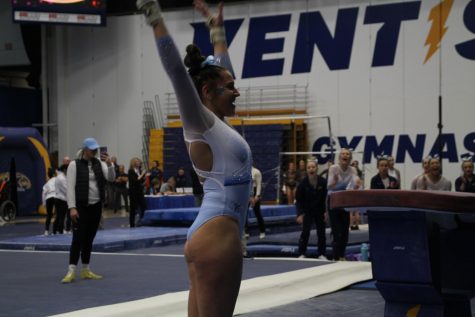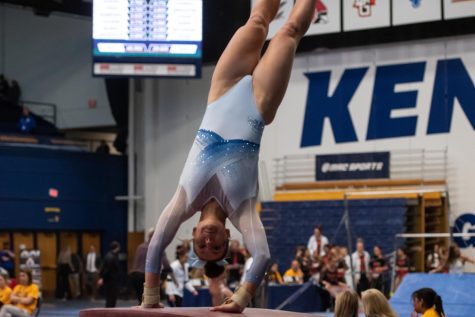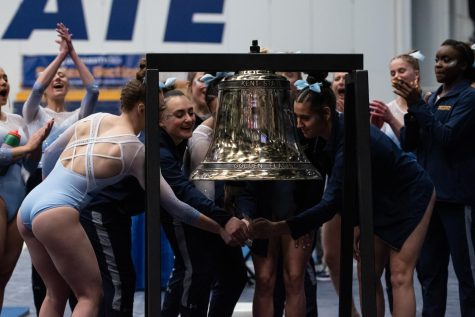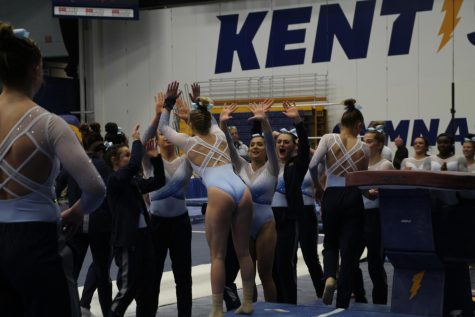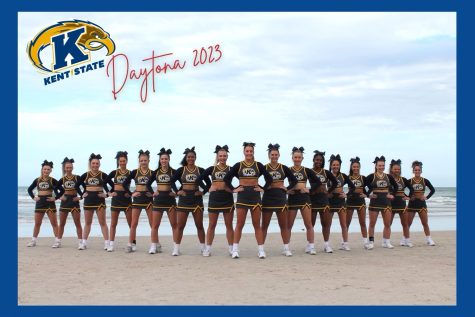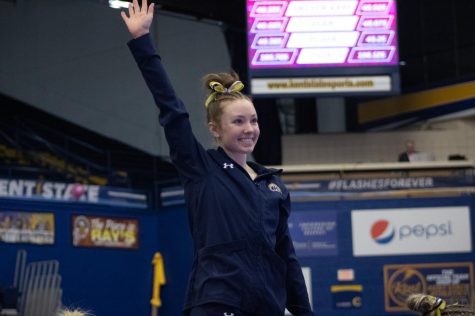Is cheerleading the most hazardous event in sports?
October 29, 2012
The following editorial appeared in the Chicago Tribune on Monday, Oct. 29:
If you go to a college or high school football game, you’ll see dedicated athletes giving their all in a pastime that in some cases, unfortunately, leads to tragic injuries. And we’re not talking about the guys in pads and helmets.
The hazards football holds for young brains has gotten a lot of deserved attention, owing in part to the serious dementia seen among such former NFL stars as Chicago’s Dave Duerson. But blocks and tackles are not the only source of irreversible harm. Those young people on the sidelines exhorting the crowd with chants and acrobatics are actually at more risk of grave damage than the running back hitting the hole.
If the mention of cheerleading makes you think of gyrating, scantily clad women at Dallas Cowboys games, think again. Among high school and college participants, modern routines feature jumps, flips and throws that would do a circus proud. If something goes wrong when a young woman is atop a human pyramid, 10 feet in the air, the consequences can be devastating.
It may be hard to believe, but cheerleading produces a larger number of catastrophic injuries — concussions, skull fractures, cervical spine injuries, paralysis and death — than any other sport, male or female. Kids get hurt in gymnastics, softball, soccer and basketball, but there are twice as many severe casualties in cheerleading as in all the other female sports combined.
That’s the finding of the Council on Sports Medicine and Fitness of the American Academy of Pediatrics (AAP), which notes that the number of cheerleaders is growing rapidly even as the pastime has become more daring. Five times as many females over the age of 5 participate today as in 1990, many of them on competitive teams. And over the past decade, the incidence of concussions rose by an average of 26 percent each year. Since 1982, there have been two deaths.
What should be done? The American Association of Cheerleading Coaches and Advisors and the National Federation of State High School Associations coming out in favor of such steps as certifying cheer coaches, furnishing strength training for participants, and imposing restrictions on riskier moves.
The pediatric group recommends barring cheer events on hard surfaces, limiting the height of pyramids, and removing anyone who shows symptoms of a head injury. Most important of all is to designate cheer as a sport, so it is provided with the same resources and treated with the same seriousness as other athletic pursuits.
Right now, says the AAP, only 29 states recognize it as a sport, and the NCAA doesn’t regard it that way. Simply raising public awareness can make a big difference: Parents who understand the risks will expect those in charge to protect the kids.
As with football, it’s impossible to banish all serious risks from cheerleading without altering it beyond recognition. But to sharply curtail the dangers is a reasonable goal that deserves a roar from the crowd.












